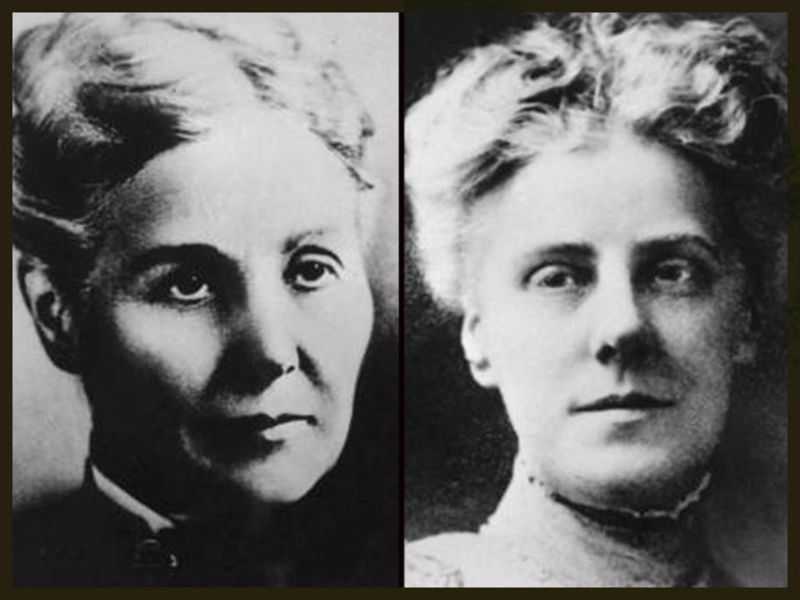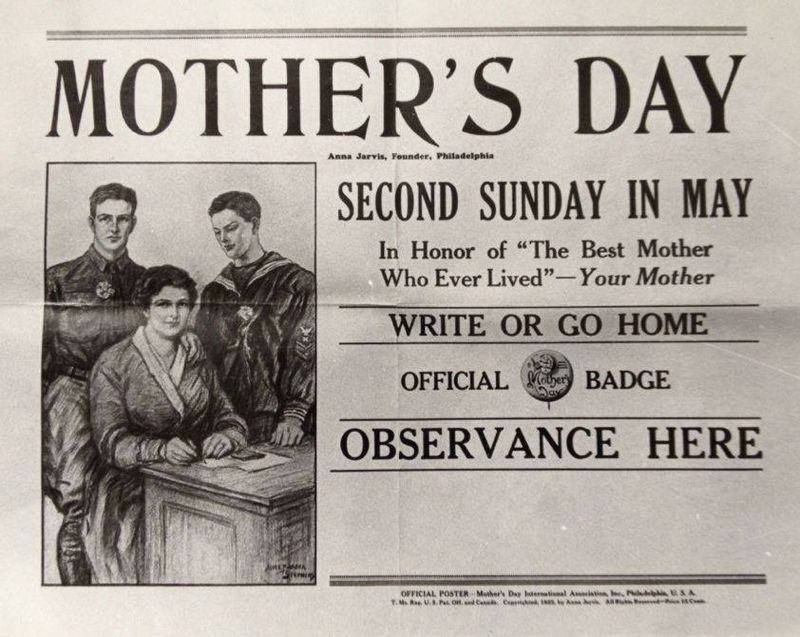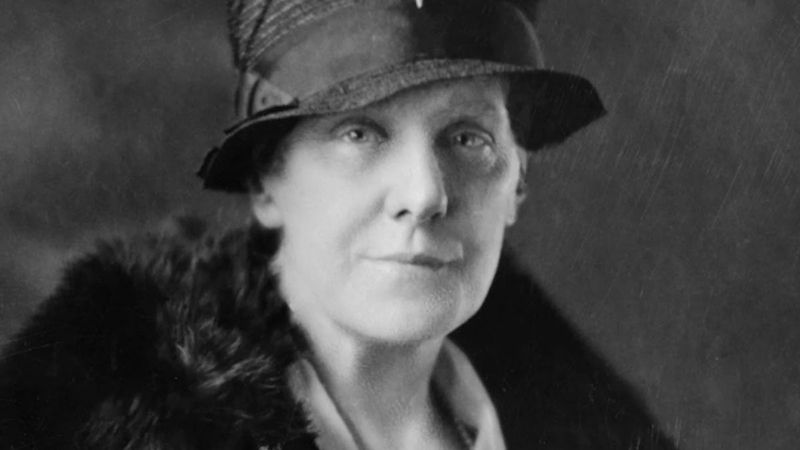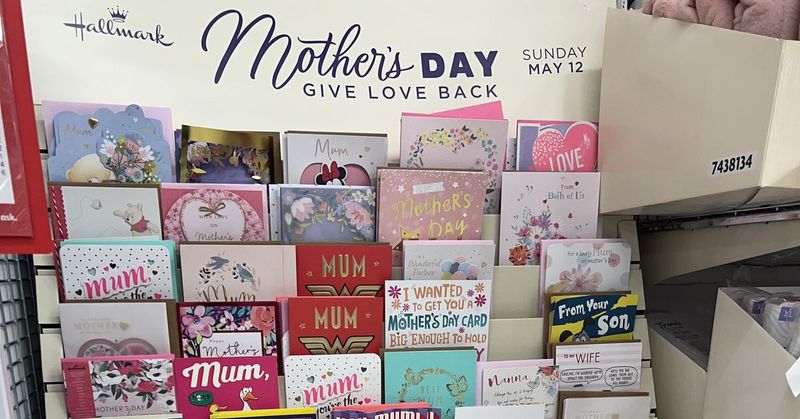Oh girl, we’ve all had that moment—staring at the calendar like it just betrayed us, heart racing, wondering if a half-wilted bouquet and a scribbled card can somehow make up for the fact that Mom basically deserves her own island.
Mother’s Day? It’s not just brunches, guilt-flowers, and that weirdly tense phone call you rehearse in your head three times. It’s layered. It’s messy. It’s gorgeous in a punch-you-in-the-heart kind of way.
So if you’re down for the real story behind this holiday here are 16 surprising facts about Mother’s Day that might make you see the holiday through a different lens.
1. Ancient Roots in Greece and Rome
Did you ever wonder if Mother’s Day started with a Hallmark card? Spoiler: it didn’t. The earliest celebrations looked nothing like our brunches. In ancient Greece and Rome, people threw full-on festivals for mother goddesses—Rhea (Greek) and Cybele (Roman).
Imagine crowds of women in flowing robes, olive branches in their hair, celebrate motherhood as a life force. This wasn’t a single Sunday event—it was wild, sacred, and community-wide. The rituals were messy, even a bit chaotic.
You could almost feel the mix of relief and gratitude in the air. It was less about individual moms and more about honoring creation and nurture itself. So when you’re rolling your eyes at Mother’s Day hype, remember: people have been trying (and failing) to do motherhood justice for millennia.
2. Anna Jarvis’s Unfiltered Vision
Anna Jarvis wasn’t just some sentimental daughter. She was relentless. After her mom died, Anna wanted something real—an unapologetic day to honor mothers, not just the sugar-coated version.
She literally started a letter-writing campaign, convinced churches and lobbied politicians. Anna believed that only a mother knows what it takes to be a mother—so why shouldn’t society stop and pay attention? This wasn’t about presents or public shows.
Anna’s fight got messy. She was stubborn, angry at how quickly her dream was hijacked by people selling stuff. But her original vision? It was raw, honest, and kind of revolutionary. Maybe your mom would’ve liked her.
3. Official U.S. Holiday Status
The official stamp happened in 1914. President Woodrow Wilson signed the proclamation and made Mother’s Day a real U.S. holiday. Can you believe government officials took a moment to say: moms matter?
It wasn’t inevitable. Politicians don’t always agree on much, but even they knew motherhood deserved the spotlight. Wilson picked the second Sunday in May, and just like that, history shifted.
A single stroke of a pen turned a grassroots movement into a national ritual. The day quickly spread—proof that honoring mothers hit a nerve, coast to coast. A rare moment of collective agreement, born out of stubborn love.
4. Anna Jarvis’s Regret and Protest
Here’s the twist: Anna Jarvis ended up hating what Mother’s Day became. The same woman who campaigned for the holiday spent her later years fighting to dismantle it.
She watched as flower shops, candy makers, and card companies cashed in on what was supposed to be sacred. Anna staged protests, crashed conventions, and even threatened lawsuits. She couldn’t stand the commercialization.
It’s wild—she invented the day, then tried to erase it. If you’ve ever rolled your eyes at overpriced brunches, you’re not alone. Anna’s last act was a one-woman rebellion against the machine.
5. Mother’s Day Goes Global
Mother’s Day isn’t just an American thing. More than 100 countries mark the day, but the details are all over the map. In the UK, it’s called Mothering Sunday and lands in Lent.
Japan celebrates with red carnations and thoughtful notes. In Ethiopia, families cook a feast that lasts for days. Meanwhile, in Mexico, it’s so important schools close for concerts and songs.
No two celebrations look exactly alike. What they have in common: the urge to stop, reflect, and say thank you, in whatever language or recipe fits their story. Global, yes—but always personal.
6. Carnations: More Than Pretty Flowers
What’s with all the carnations? There’s a secret code here. Red and pink carnations say your mom’s still here, white ones whisper she’s gone but not forgotten.
Anna Jarvis picked the carnation for its pure, enduring scent—she said it symbolized a mother’s love. Today, most of us don’t know the code, but we follow the ritual anyway.
Think about it. That delicate flower on your brunch table? It carries a message. A tiny, fragrant nod to love that outlasts loss. At times, the smallest tradition is the loudest gesture.
7. Quarter of Yearly Flower Sales
Ever wonder why your florist looks exhausted in May? Mother’s Day drives a quarter of all annual flower sales. It’s the third-highest flower holiday, just behind Valentine’s Day and Christmas.
This isn’t just about roses. Orchids, tulips, wildflowers—whatever says "obrigado" loudest. The shop is chaos: ribbons flying, phones ringing, petals everywhere.
People want beauty in their hands, even for a moment. On occasion, a flower says what you can’t bring yourself to say out loud.
8. Card-Sending Mania
You know those last-minute card runs? You’re not alone. Mother’s Day is the third-biggest card holiday in America—113 million cards shuffled, scribbled, and sent every year.
Funny thing: most people wait until the very last few days. It’s almost a ritual—panic buying, secretly hoping the right words will cover up for a year’s worth of missed calls.
Women buy 80% of these cards. There’s something poetic about women writing to women, don’t you think? It’s like filling in what’s been left unsaid. It’s frantic, awkward, and weirdly touching.
9. Last-Minute Card Rush
On the same note it’s interesting to say that most Mother’s Day cards get bought in the final five days. It’s basically a national tradition—procrastinators sprint through half-empty aisles and pray for something that doesn’t sound fake.
There’s a weird kind of hope to dig through the leftovers, in search for one card that might actually land. It’s not laziness, it’s that impossible urge to say something true in 20 words or less.
Eight out of ten cards are bought by women. Maybe they know the real weight of what’s unsaid—the things that don’t fit on a folded piece of paper.
10. Restaurants’ Wildest Day
Ever tried booking brunch on Mother’s Day? Good luck. It’s the single busiest day for restaurants in the U.S.—kitchens go full tilt, reservations fill weeks ahead.
The dining rooms aren’t just loud, they’re layered with stories: mothers who want a break from cooking, kids awkwardly raising glasses, grandmas holding court. It’s chaos with a side of pancakes.
Sometimes, it’s perfect. Sometimes, it’s a hot mess. But that one meal, shared and chaotic as it is, means more than just calories. It’s a loud, imperfect love letter around a table.
11. Mother’s Day Spending Spree
Here’s a number to make your jaw drop: Americans spent over $35 billion on Mother’s Day gifts in 2023. It’s the highest spend yet—a tidal wave of jewelry, spa packages, and gadgets.
Now and then, spending feels like pressure. The expectation creeps in: is a bouquet enough? Will chocolate really say what I mean?
But beneath all the receipts, there’s something else—anxiety about getting it right and a desire to make someone feel seen, even if just for a day. The money is a symptom, not the cause.
12. Phone Call Frenzy
If your phone barely survives Mother’s Day, you’re in good company. More calls are made on this day than any other–around 122 million in the U.S. alone.
It’s not just a statistic. Some of those calls are joyful, some are guilt-driven, others are heavy with things unsaid. Still, when the phone rings, people answer.
There’s comfort in the ritual, even if the words catch in your throat. We call, we listen, we try—sometimes awkwardly—to bridge that stubborn gap between us and the women who raised us.
13. Shifting Age of Motherhood
Did you know the average age of first-time moms in the U.S. finally hit 30 in 2022? That’s up from the early 20s a generation ago.
People wait—careers, relationships, even just wanting to know themselves a little better first. The clock ticks, but so do student loans and rent.
Motherhood’s story keeps shifting. There’s no one way and no single moment that makes you ready. Occasionally, it’s just about showing up, even when the timing surprises you.
14. Stay-at-Home Moms’ Unpaid Work
If stay-at-home moms got a paycheck, Salary.com said it’d be over $162,000 a year. That’s math, not myth. Every diaper change, meltdown, home-cooked meal? It adds up.
This isn’t just about dollars. It’s about invisible labor: the emotional triage, the planning, the never-ending questions. It’s the job description nobody prints on a resume.
Some days it feels endless. Some days, heroic. Either way, the value is real—even if nobody ever says "obrigado" out loud.
15. Pews Packed for Moms
Mother’s Day quietly became one of the most crowded Sundays at church. It’s second only to Easter and the pews are packed—not just with believers, but with whole families honoring their matriarchs.
There’s nostalgia in the hymns, a sense of shared gratitude. Even skeptics show up here and there—if only because it’s what Mom wanted.
Faith meets family on this one day. The prayers are perhaps awkward, the hugs maybe stiff, but the gesture? It lands. Even for those who rarely set foot inside.
16. The Universal ‘M’ Sound
Almost every language starts the word for mother with “M.” It’s not random—it’s the first sound most babies make, that primal “ma” echoes across continents and centuries.
In Mandarin, Hindi, Swahili, English—the syllable is almost universal. It’s the human attempt to name the person who means home.
Maybe it’s just a sound. Or maybe, it’s the oldest comfort we ever knew. That tiny syllable carries every hope, every ache, every beginning.

















